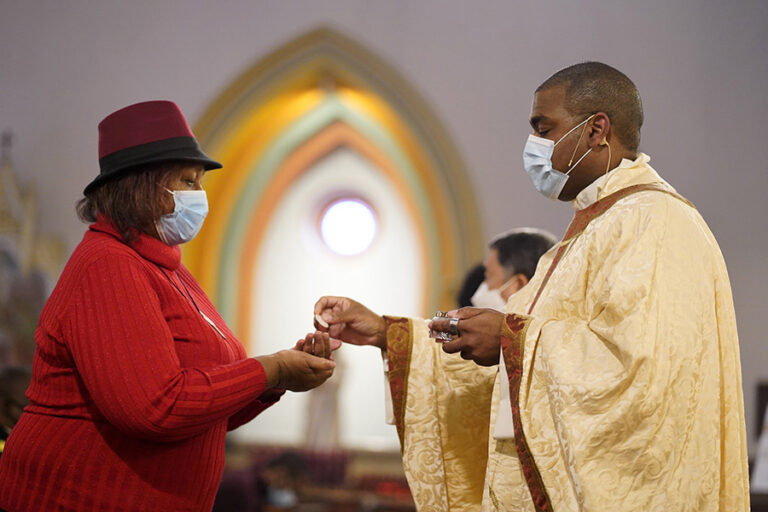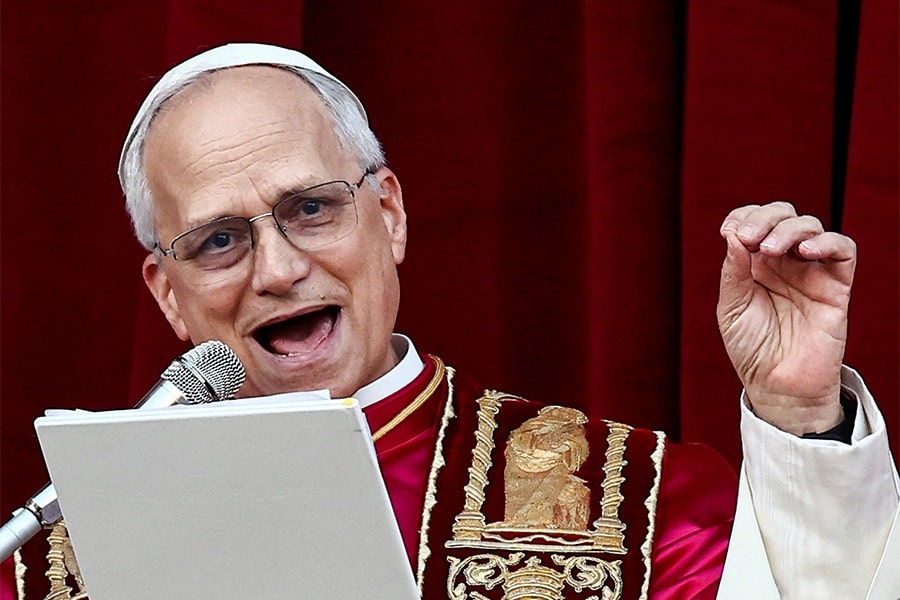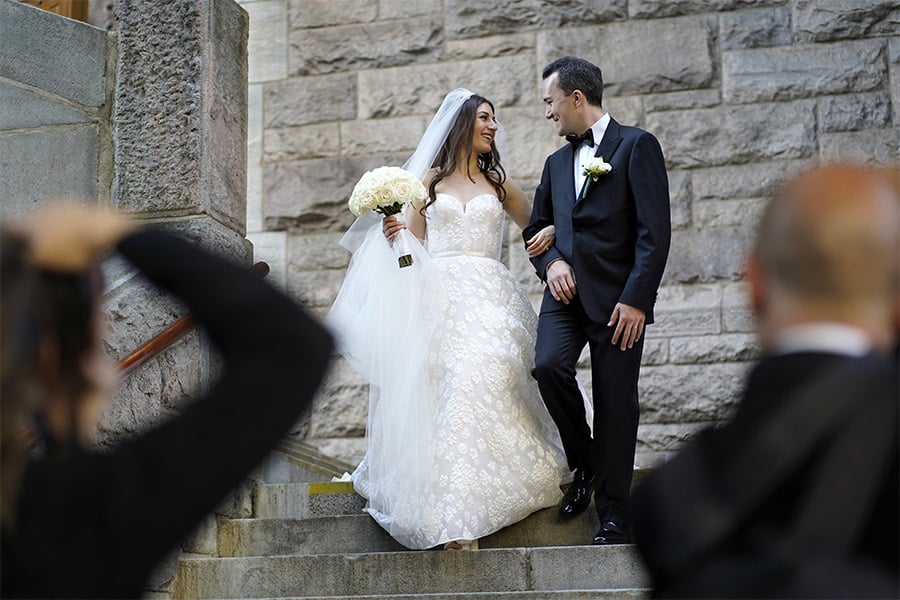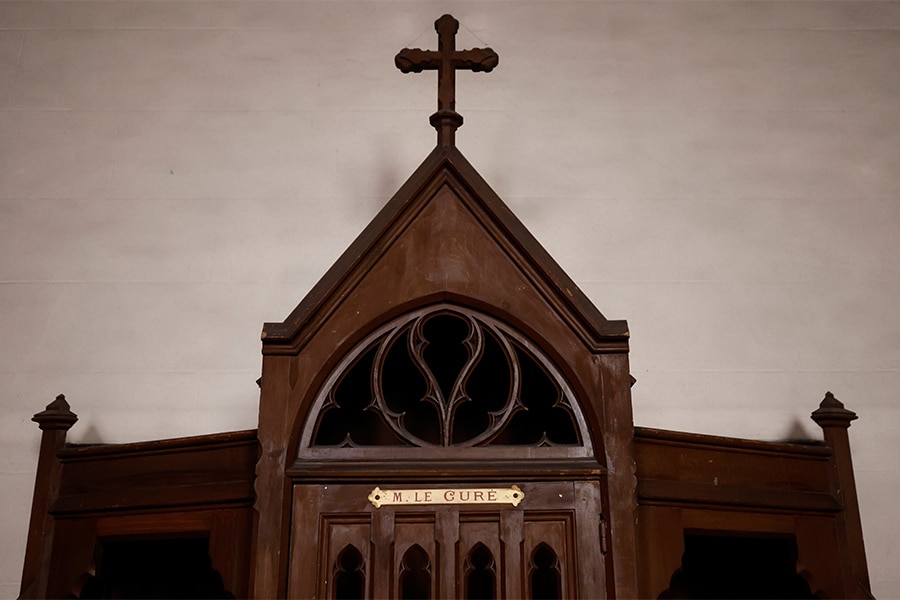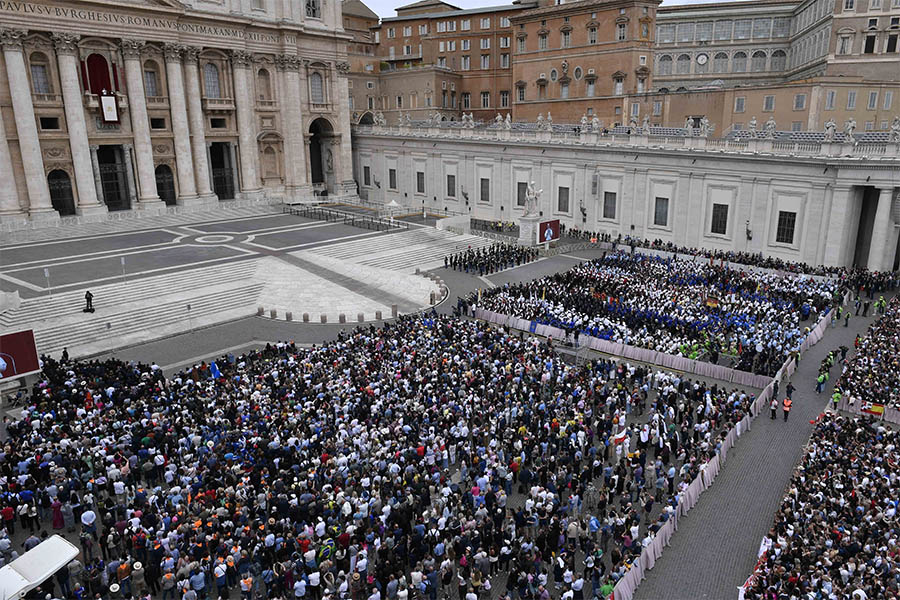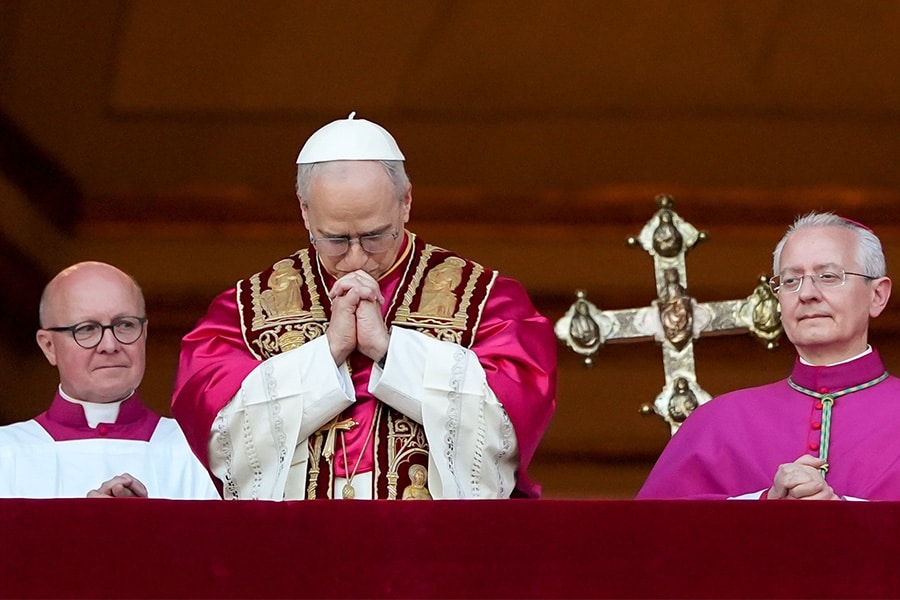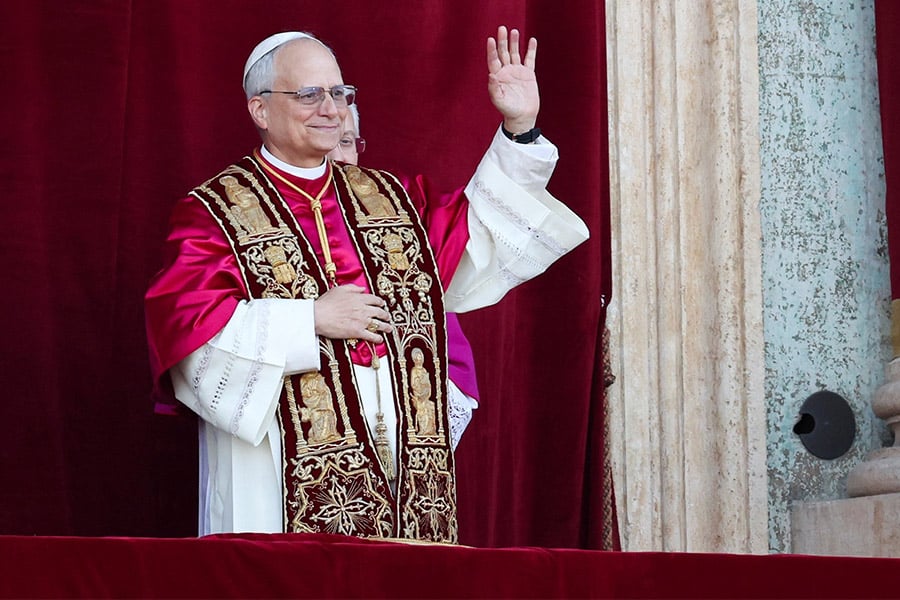My friend Sister Mary Hogan told me that what she remembers most vividly about her experience in Selma, Ala., in 1965 was the “hate stare.”
Sister Hogan was a young religious sister in Detroit when then Archbishop (later Cardinal) John Dearden permitted his priests to respond to the Reverend Doctor Martin Luther King’s request for clergy and religious leaders to come to Selma. The day before, peaceful marchers had been met by violence from police and bystanders on the Edmund Pettus Bridge.
Her community’s superior asked who wanted to go to Selma in response to Dr. King’s plea. “I jumped up and said, ‘I do,'” Sister Hogan told me in an interview in 2015. “I thought she was kidding.”
But the next day, Sister Hogan found herself on a plane, and if you see pictures of sisters in long, traditional black serge habits sitting in the grass near that famous bridge, you may spot her.
Later, she recalled the eyes full of contempt watching her along the march and following her at the airport. Decades later, Sister Hogan said she had never again experienced the level of hatred conveyed in those eyes.
Much has changed for the better since 1965. But Black Americans still face powerful struggles and inequality in housing, employment, health care, incarceration and education.
And how about Black Catholics?
A recent Pew research study reveals 6 percent of Black Americans are Catholic. That translates into about 3 million people.
Do they sense the same commitment from their church and its leadership as evidenced by Archbishop Dearden in 1965? Or do they sometimes feel invisible?
Over the recent Martin Luther King weekend, I attended a local parish. I intentionally scanned the crowd and found not one Black face. The homily did not mention our national observance and the bulletin made no reference to the holiday or to the day of service it engendered.
King’s long-ago observation rang true: The 11 o’clock hour on Sunday is the most segregated in America.
But did not we, a church full of Catholics regardless of color, have a deep need to be reminded of the ongoing struggle for justice and the legacy of a great American?
Later, I went online and found that Sunday’s bulletin for Gesu Parish in Detroit, where my friend Jesuit Father Lorn Snow is pastor. His parish, in a neighborhood that used to be mostly Jewish and Irish, is predominantly Black. But that, too, is changing, as young and suburban white Catholics come seeking the parish’s diversity.
In pastoring a Black community, said Father Snow, who is white, “the most important thing is to listen.”
Enculturating people’s experience into the liturgy is also important, he said. Gesu’s music ministry incorporates a lively African-American vibe.
Gesu’s bulletin for MLK week contained a full page of events relative to social and racial justice — an archdiocesan Mass at the cathedral, a parish event, an invitation to the National Black Catholic Congress in July. There was a reminder that the Novena of Grace, a nine-day preached event in March which is a tradition in Jesuit parishes, will have racial justice as its theme. If the novena is live-streamed, I plan to attend as a good (hopefully fruitful) Lenten exercise.
But what else can I do for Lent?
One Lenten wake-up call for those who often sit in segregated pews is to read “Letter from Birmingham Jail,” King’s stirring admonition to “moderate” whites and to Christian church leaders who often disappointed him.
Written in 1963 while King languished in jail for civil disobedience, the letter still holds relevance and challenge for our Church today.
“Injustice anywhere is a threat to justice everywhere,” wrote King.
As the Church, how do we stand for justice?
Read More Commentary
Copyright © 2023 OSV News

